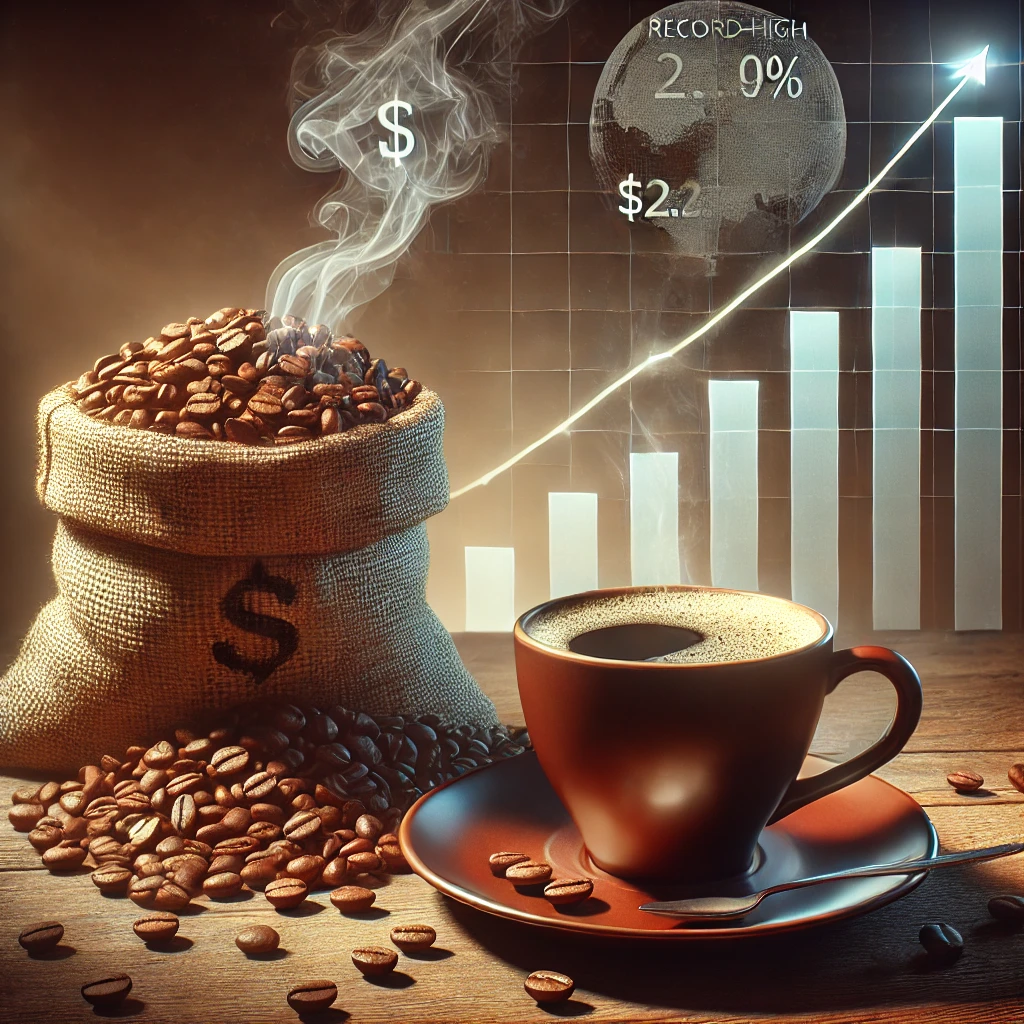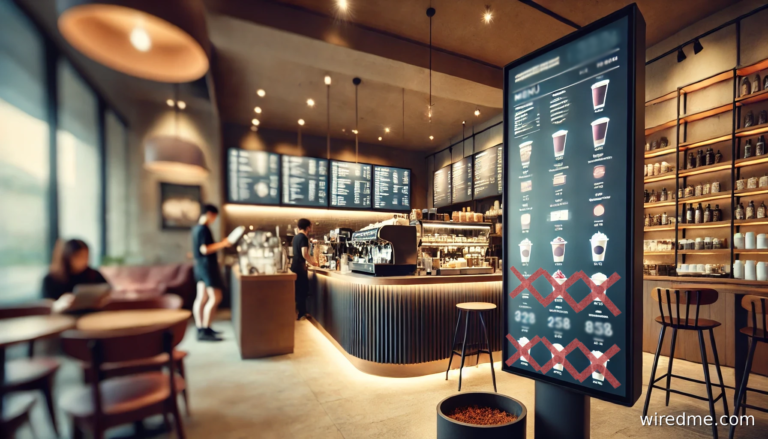
Global coffee prices have reached unprecedented levels due to tight supplies and speculative trading. In early February 2025, arabica coffee futures in New York surpassed $4 per pound for the first time, marking a 25% increase since January and adding to a 70% rise in 2024. Similarly, robusta coffee futures in London hit record highs in late January.
Brazil, the world’s leading coffee producer, is experiencing a decline in output. The National Food Supply Company (Conab) forecasts Brazil’s 2025 coffee production at 51.8 million bags, a 4.4% decrease from 2024. This reduction is attributed to severe droughts in 2024 and the biennial production cycle of arabica beans, which naturally alternates between high and low yields. Conab projects a 12% drop in arabica production to 34.7 million bags, while robusta output is expected to rise by 17% to 17.1 million bags due to favorable rainfall in key regions.
Speculative trading has further amplified the surge in coffee futures prices, as traders increase their long positions in anticipation of continued price hikes.
The U.S. Department of Agriculture’s December report estimated global coffee production for the 2024-25 period at approximately 174.9 million 60-kg bags, a 4.1% increase from the previous year. However, this growth is primarily driven by higher robusta production in Vietnam and Indonesia. Given the global preference for arabica beans, Brazil’s declining arabica output significantly impacts overall supply and pricing dynamics.
In summary, adverse weather conditions in Brazil, coupled with speculative market activities, have led to record-high coffee prices, with little immediate relief in sight.





